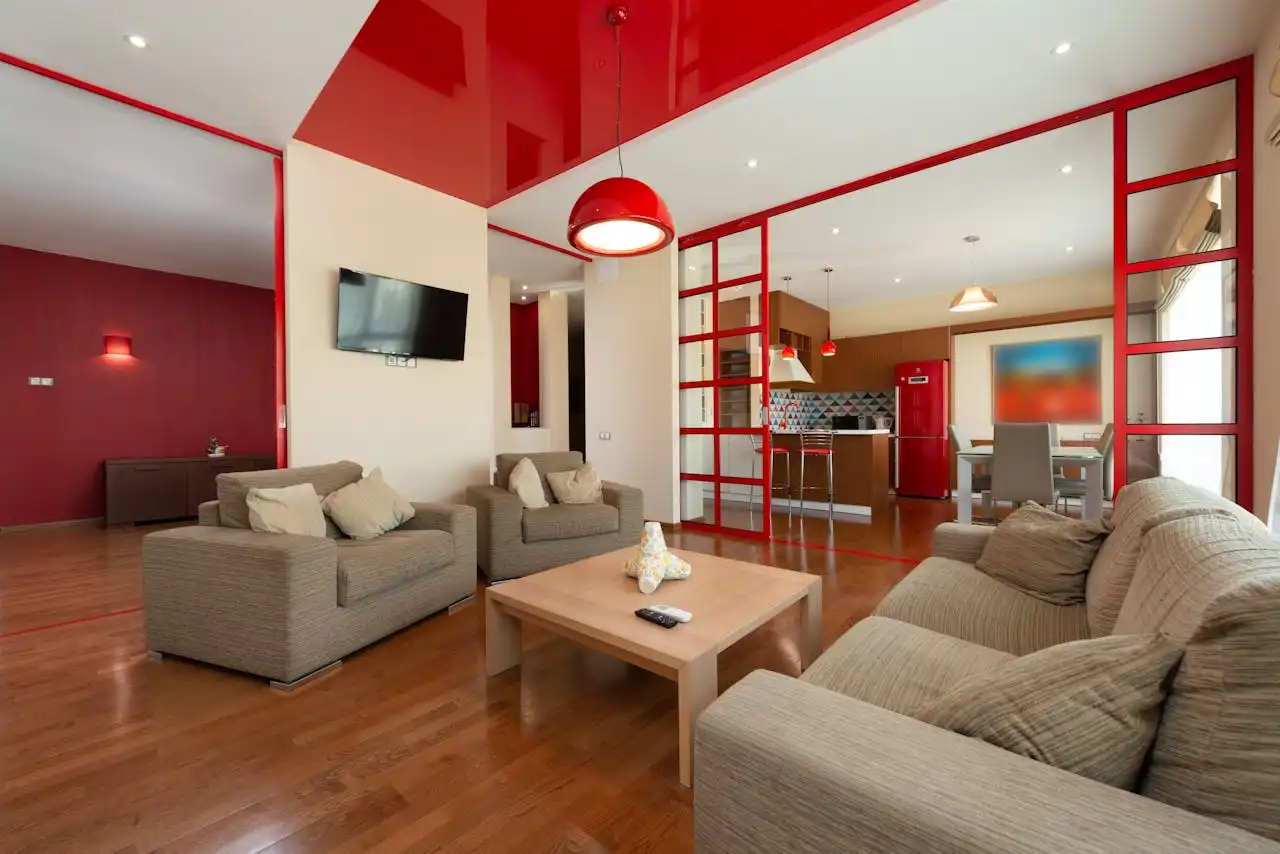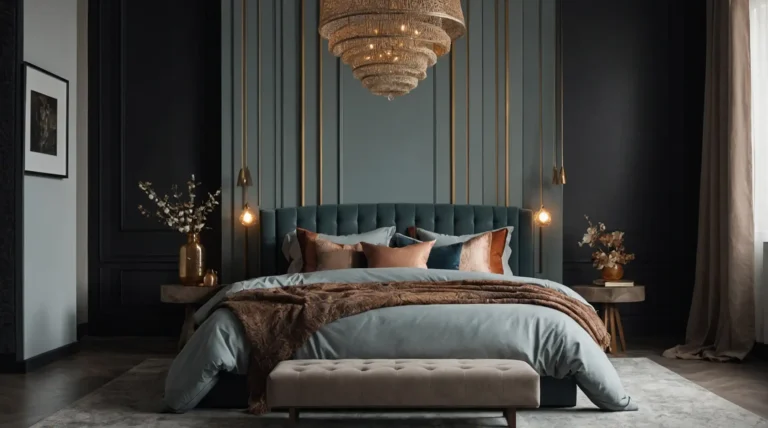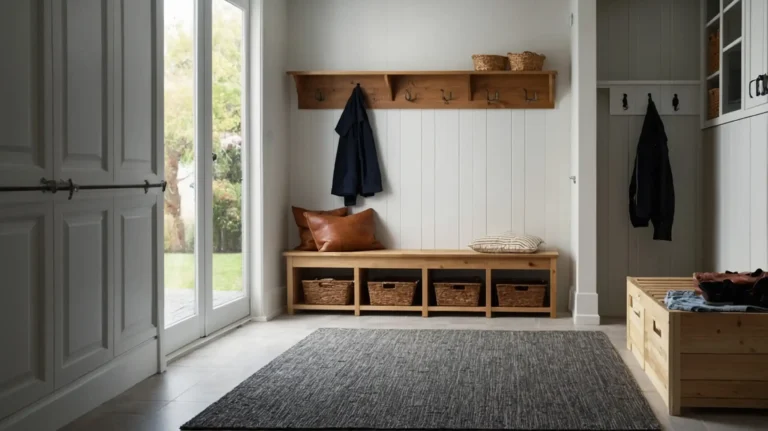Accent Lighting Tricks for a Magazine-Worthy Room
You’ve flipped through countless home design magazines, admiring those perfectly lit rooms that seem to glow with warmth and sophistication.
The secret isn’t expensive furniture or designer décor—it’s strategic accent lighting.
Transform your space from ordinary to extraordinary with these professional lighting techniques that create depth, drama, and that coveted magazine-worthy ambiance.
Layer Your Lighting Like a Pro
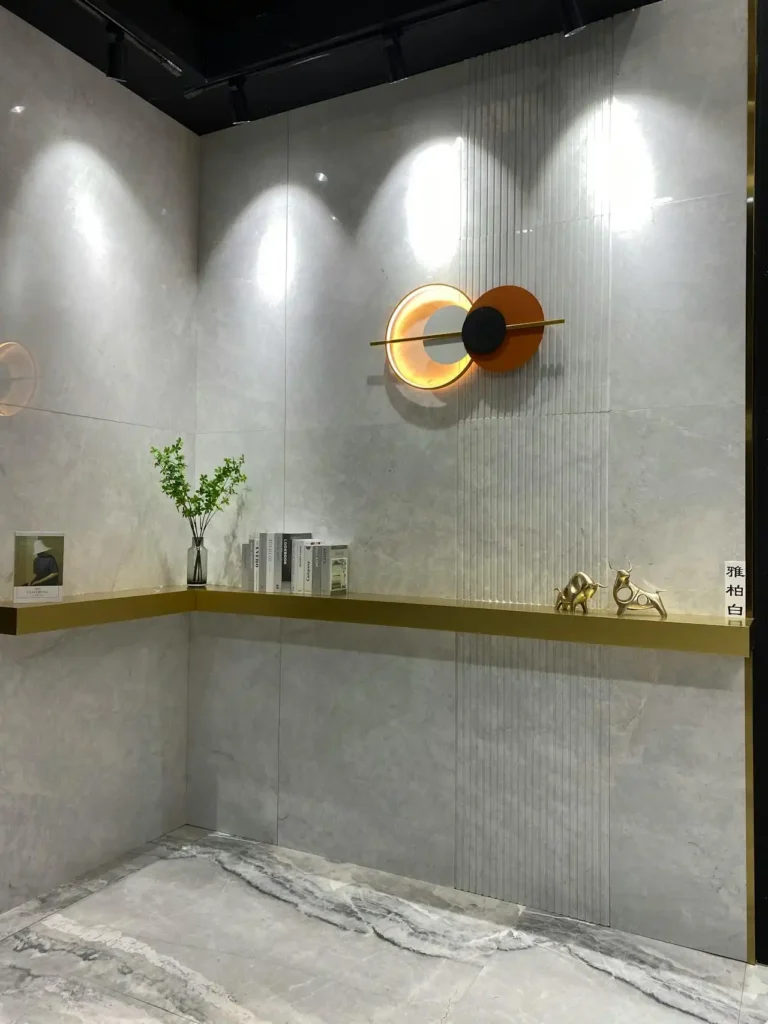
You can’t achieve magazine-quality lighting with a single overhead fixture. Professional designers always work with three distinct lighting layers that complement each other beautifully.
Start with your ambient lighting as the foundation. This includes your main ceiling fixtures, recessed lights, or chandeliers that provide overall illumination.
Think of this as your room’s base coat of light. These lights serve specific functions while contributing to your overall lighting scheme.
Next, add task lighting where you need focused illumination. Table lamps beside reading chairs, under-cabinet lights in kitchens, and desk lamps in home offices fall into this category.
Finally, introduce accent lighting to create visual interest and highlight your room’s best features. The key lies in balancing all three layers.
This layer adds the magic that transforms a well-lit room into a stunning space. Picture lights, wall sconces, and strategically placed spotlights all serve as accent lighting.
You want enough ambient light to move around safely, sufficient task lighting for activities, and just enough accent lighting to create focal points without overwhelming the space.
Master the Art of Uplighting
Up lighting creates an instant sense of drama and sophistication that you see in high-end hotels and restaurants.
This technique bounces light off your ceiling, creating a soft, indirect glow that makes rooms feel larger and more luxurious.
Floor lamps with upward-facing shades work perfectly for this purpose. Place them in corners where the light can wash across two walls and the ceiling simultaneously.
This creates a beautiful ambient glow that eliminates harsh shadows. You’ll be amazed at how much more expensive your room looks with proper uplighting.
Torchiere lamps offer another excellent uplighting option. Choose models with dimmer switches so you can adjust the intensity based on your mood and the time of day.
Wall-mounted uplights add architectural interest while providing functional illumination. Install them along hallways or behind furniture to create depth and visual layers.
The indirect light they cast makes ceilings appear higher and spaces feel more open. Don’t forget about LED strip lights hidden behind crown molding or floating shelves.
These create a stunning up lighting effect that highlights your room’s architectural features while providing gentle ambient illumination.
Illuminate Your Art and Architecture
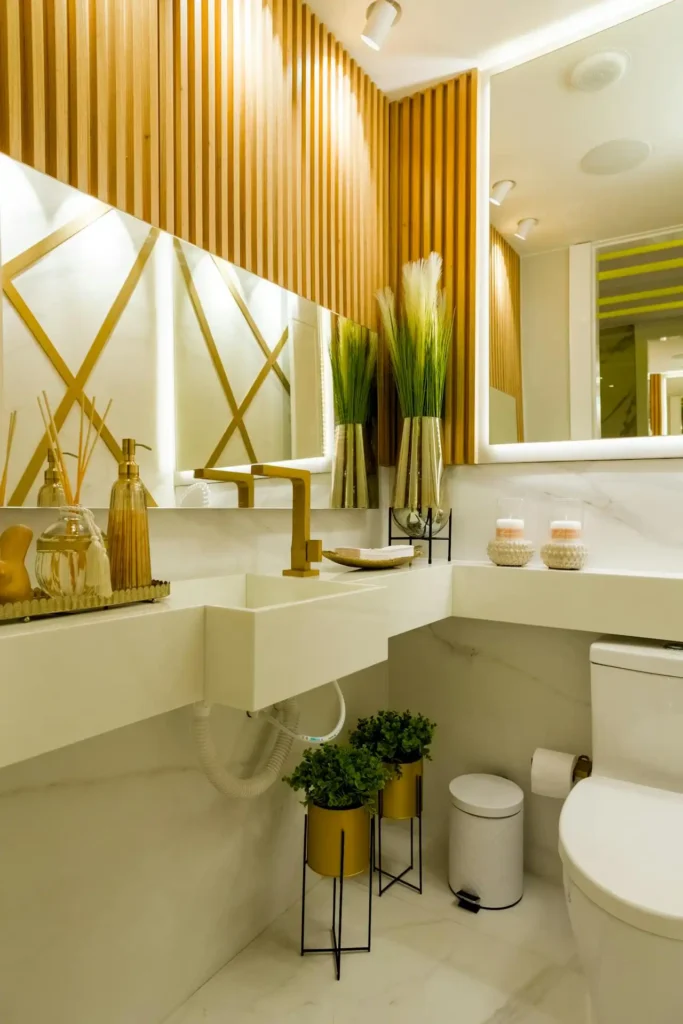
Nothing says “professionally designed” quite like properly lit artwork and architectural features. Gallery-style picture lights transform your favorite pieces into museum-quality displays.
Position picture lights about 30 inches above your artwork for optimal illumination. The light should hit the entire piece evenly without creating glare or hot spots.
LED picture lights work best because they don’t generate heat that could damage your artwork over time.
Track lighting offers flexibility for illuminating multiple pieces or changing displays. You can easily reposition lights when you rearrange your artwork.
Install tracks on the ceiling about three feet from your walls, then adjust individual spotlights to highlight each piece perfectly.
Architectural features deserve attention too. Use small spotlights to highlight textured walls, exposed beams, or interesting columns.
This technique adds depth and creates focal points that draw the eye around your room naturally.
Built-in niches and alcoves become stunning display areas with the right lighting. This creates professional-looking vignettes throughout your space.
Install small LED spotlights or strip lights to showcase decorative objects, books, or plants.
Create Magic with Hidden Lighting
Cove lighting and other hidden light sources add mystery and sophistication to any room.
These lights remain invisible while casting beautiful indirect illumination that makes spaces feel warm and inviting.
Install LED strips behind floating vanities in bathrooms for a stunning floating effect. Kitchen islands become dramatic focal points with hidden lighting underneath.
The light underneath creates the illusion that your vanity hovers above the floor while providing practical foot-level illumination.
This technique not only looks incredible but also provides task lighting for food preparation and casual dining.
Toe-kick lighting in kitchens and bathrooms serves both practical and aesthetic purposes. Behind-the-TV lighting reduces eye strain while creating a beautiful accent wall.
These hidden lights make nighttime navigation safer while adding a subtle glow that enhances your room’s ambiance.
LED strips attached to the back of your television cast a soft glow that makes your entertainment center feel more integrated with the room’s design.
Stair lighting hidden under each step creates a stunning architectural feature while improving safety.
This technique works particularly well in modern homes where clean lines and hidden elements create sophisticated looks.
Make a Statement with Pendant Lights
Pendant lights serve as functional art pieces that anchor your design while providing focused illumination.
Choose fixtures that complement your room’s style while adding visual interest at eye level.
Kitchen islands benefit from multiple pendants spaced evenly across their length. Entryways and foyers make strong first impressions with dramatic pendant lighting.
Use odd numbers for the most pleasing visual arrangement—three pendants work better than two or four in most situations.
Dining rooms come alive with statement chandeliers or clustered pendants above the table.
Size your fixture appropriately—it should be about half the width of your dining table for proper proportion.
Choose fixtures that reflect your home’s personality while providing adequate illumination for safety and security.
Bedside pendant lights free up nightstand space while providing reading light exactly where you need it.
This hotel-inspired approach creates a clean, uncluttered look that feels professionally designed.
Living room seating areas benefit from pendant lights over side tables or coffee tables. This creates intimate lighting zones within larger spaces while adding vertical visual interest.
Highlight Your Space with Shelf and Cabinet Lighting
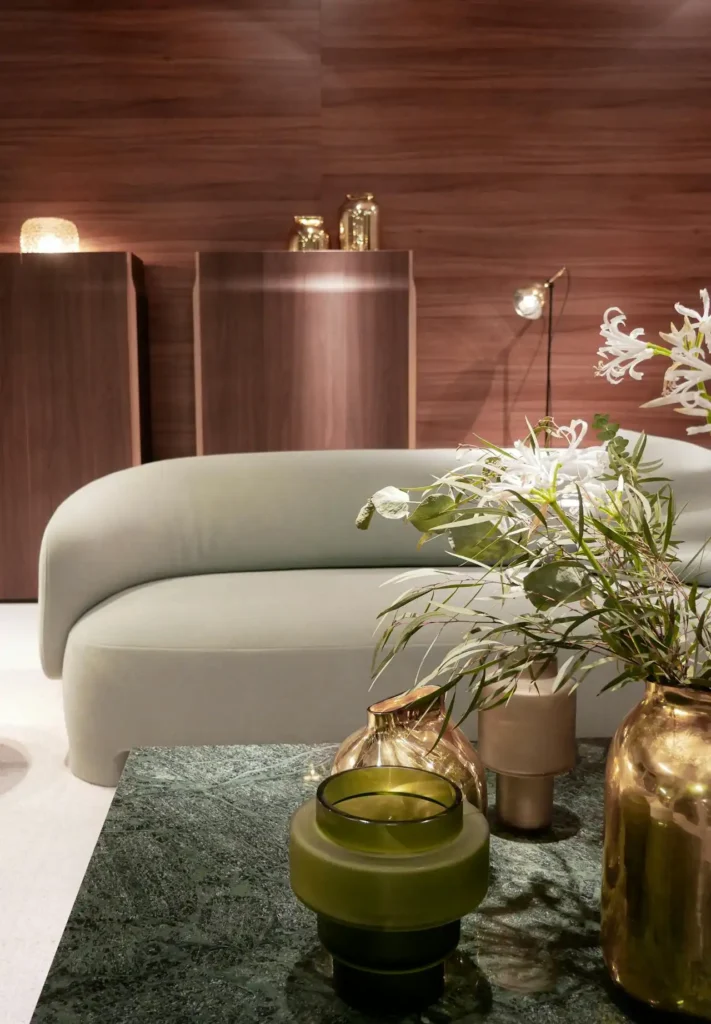
Under-cabinet lighting transforms kitchens from functional to fabulous while providing essential task lighting for food preparation.
LED strips or puck lights eliminate shadows on countertops and create a warm, welcoming atmosphere.
Install lights toward the front edge of your cabinets to minimize shadows. Use warm white LEDs for the most flattering light that makes food and finishes look their best.
Bookshelf lighting turns your library into a design feature. Use cool white LEDs to make glassware and collectibles sparkle like precious gems.
Small LED spotlights or strip lights hidden behind shelf lips illuminate your book collection while creating cozy reading nooks throughout your home.
China cabinets and display cases become jewelry boxes for your treasured items with proper interior lighting.
Floating shelves gain drama and functionality with hidden lighting underneath. Wine cellars and bar areas feel more sophisticated with strategic accent lighting.
This technique makes decorative objects appear to glow while providing ambient lighting that enhances your room’s overall atmosphere.
Highlight bottle collections and glassware to create an upscale entertaining atmosphere that rivals professional establishments.
Extend Your Design Outdoors
Outdoor accent lighting extends your living space while creating stunning curb appeal that makes your home stand out in the neighborhood. Layer outdoor lighting just like indoor spaces for maximum impact.
Landscape lighting highlights your home’s architecture while providing safety and security.
Up lights positioned at your home’s foundation create dramatic shadows and emphasize architectural details.
Pathway lighting guides guests safely to your entrance while creating a welcoming atmosphere. Solar options make installation simple while reducing energy costs.
Tree lighting adds magic to your landscape year-round. Wrap trunks with string lights or use uplights to cast dramatic shadows through branches onto your home’s exterior walls.
Water features become stunning focal points with underwater or adjacent lighting.
The interplay of light and water creates movement and interest that draws attention to your landscape’s best features.
Outdoor dining areas need ambient lighting for entertaining after dark. String lights overhead or lanterns on tables create intimate settings perfect for memorable gatherings.
Control Your Lighting Like a Designer
Dimmer switches give you complete control over your room’s mood and functionality.
Install dimmers on all your accent lighting circuits to adjust intensity based on activities and time of day.
Smart lighting systems take control to the next level. Timer controls ensure your accent lighting turns on automatically when you arrive home.
Program different scenes for various activities—bright lighting for cleaning, medium levels for daily activities, and dim settings for relaxation and entertaining.
This creates a welcoming atmosphere while improving security by making your home appear occupied.
Color-changing LED lights add versatility to your accent lighting scheme. Adjust colors to complement seasonal décor or create special ambiance for holidays and celebrations.
Sensor controls in closets, pantries, and other storage areas provide convenience while showcasing your organization systems.
Automatic lighting makes these spaces feel more luxurious and well-appointed.
Perfect Your Color Temperature Mix
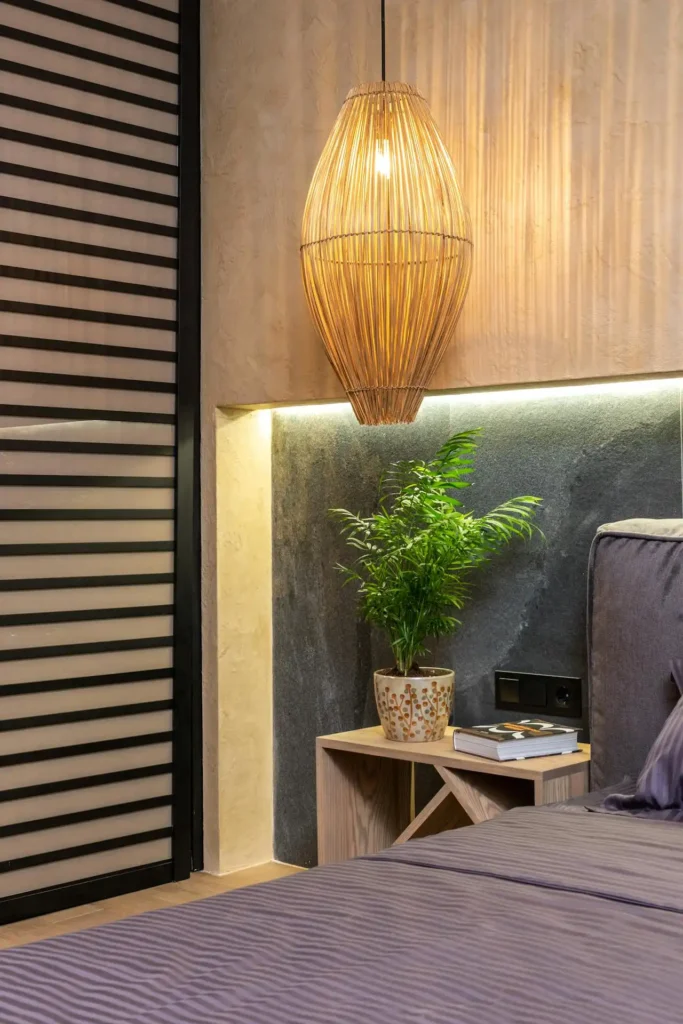
Mixing warm and cool light sources creates the layered, professional look you see in magazines.
Most accent lighting should use warm white LEDs (2700K-3000K) for a cozy, inviting atmosphere.
Task lighting can utilize cooler temperatures (3500K-4000K) for better visibility and reduced eye strain. This works particularly well in kitchens, home offices, and reading areas.
Avoid mixing too many different color temperatures in one space—stick to two or three at most. The goal is subtle variation that adds depth without creating confusion or visual discord.
Candles and firelight add the warmest light sources (1900K-2200K) that create ultimate coziness. Use these sparingly as accent elements rather than primary light sources.
Daylight changes throughout the day, so your artificial lighting should adapt accordingly.
Brighter, cooler light works well during daytime hours, while warmer, dimmer light feels more appropriate in the evening.
Conclusion
Strategic accent lighting transforms ordinary rooms into magazine-worthy spaces that feel both sophisticated and welcoming.
Master these techniques to create the perfect ambiance for every occasion.

